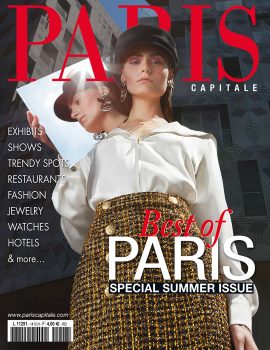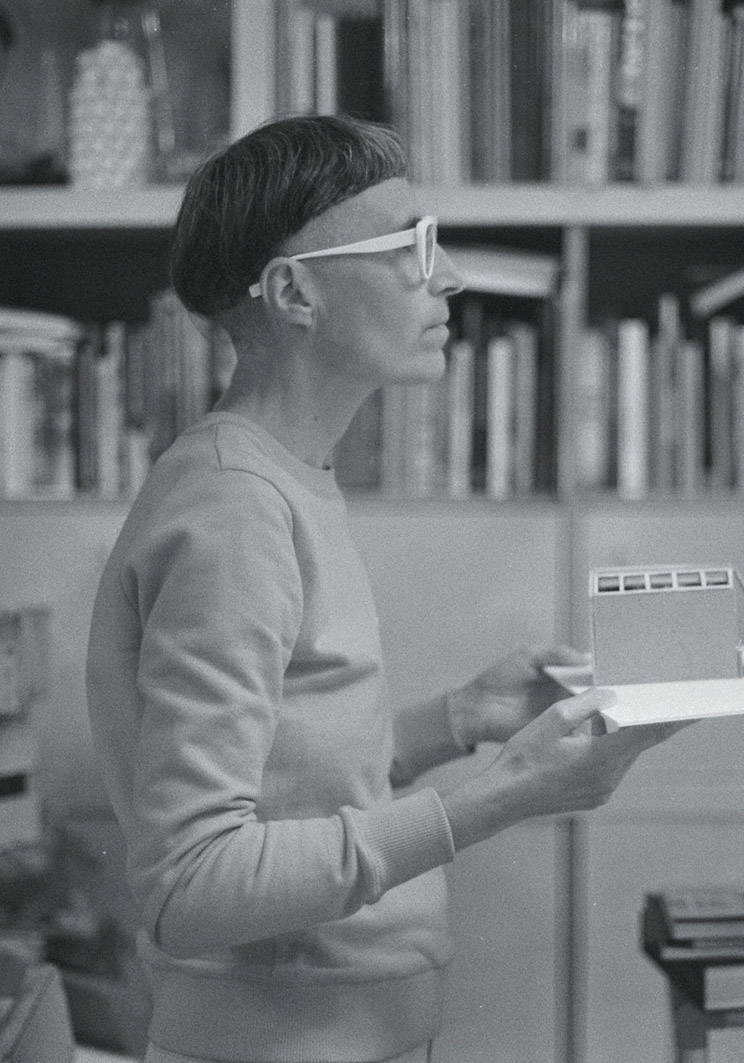How to call this approach?
Matali Crasset: We can say that it is an “ecotopia”. I would like to propose a journey through false documents, false spaces, and I try to do it with fantaisy, which is not science fiction, but an appropriable narrative that is not scary. The role of the designer is also affordance, that is to find the way to express oneself so that it can happen.
In December, your work will also be exhibited at the Philippe Valentin Gallery?
Matali Crasset: It’s a collaboration with a gallery in Rennes, MICA x LAB. The title of the exhibition is the name of the first project “Si nous a oublié le pain en chemin”. I found a typology of objects called the panetière, and the idea of remaking a contemporary panetière and showing old ones from the eighteenth century pleases me very much. I really like the idea that bread finds its place in space. In one room, the entire community of MICA artisans will be present with their portraits. They defend anchoring and local networks. It’s another story of community, around bread, this time.
The Manufacture de Sèvres invited you in 2018 to make ceramic works, how did you approach it?
Matali Crasset: While walking through the vast library of «forms» that is the manufacture of Sèvres, I identified vases that appeared to me anthropomorphic and that I wished to associate with others by embedding them in an idea of hybridization. The combinations are multiple so that the second vase comes to dress the first. Continuing the analogy with sewing, I “cut”, I “cut” in the vases with the help of the craftsmen, hollowing them out, developing plays of shadows and lights, full and empty. The operation is repeated several times, so as to give rise to a “parade” of silhouettes.




